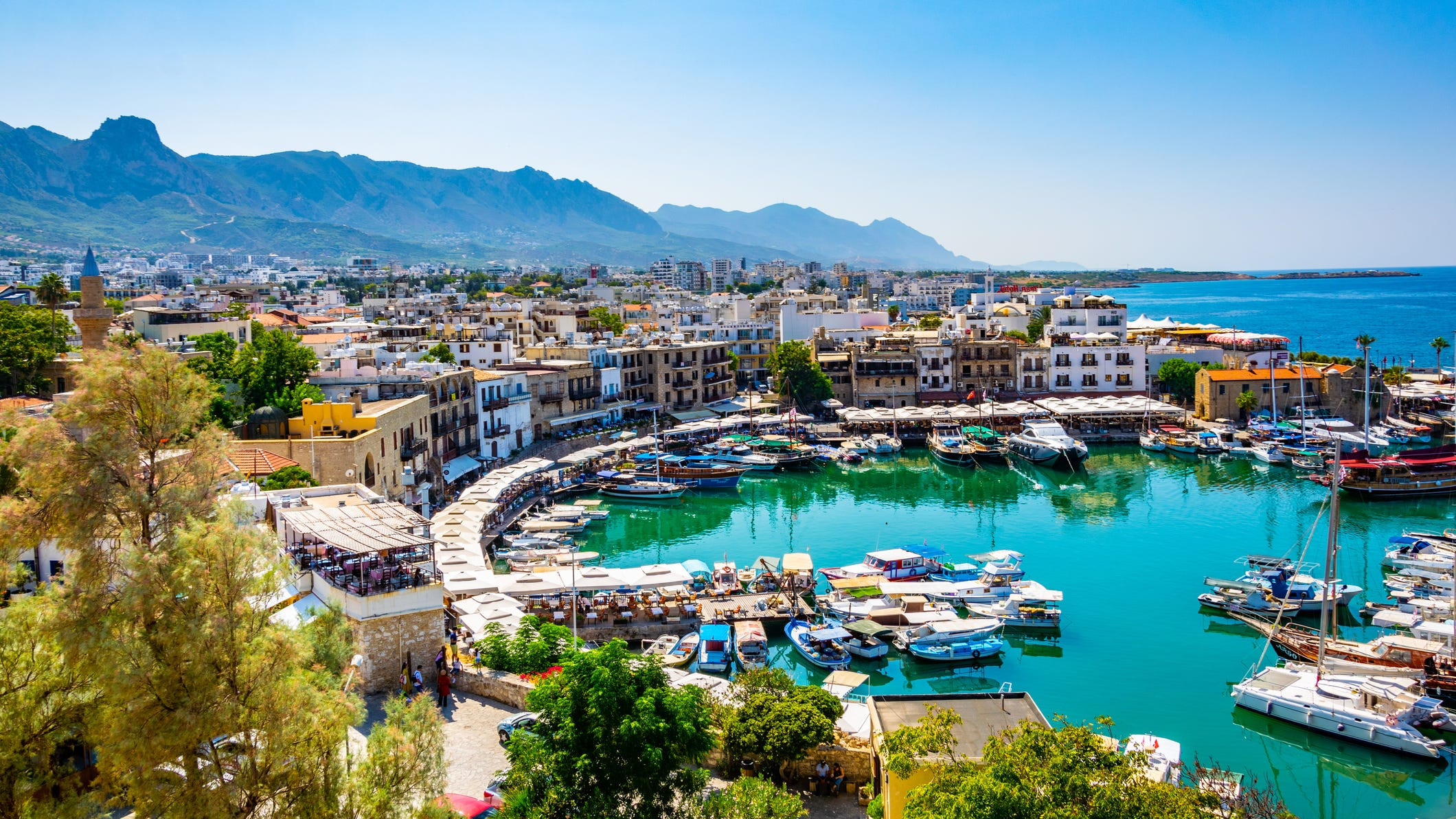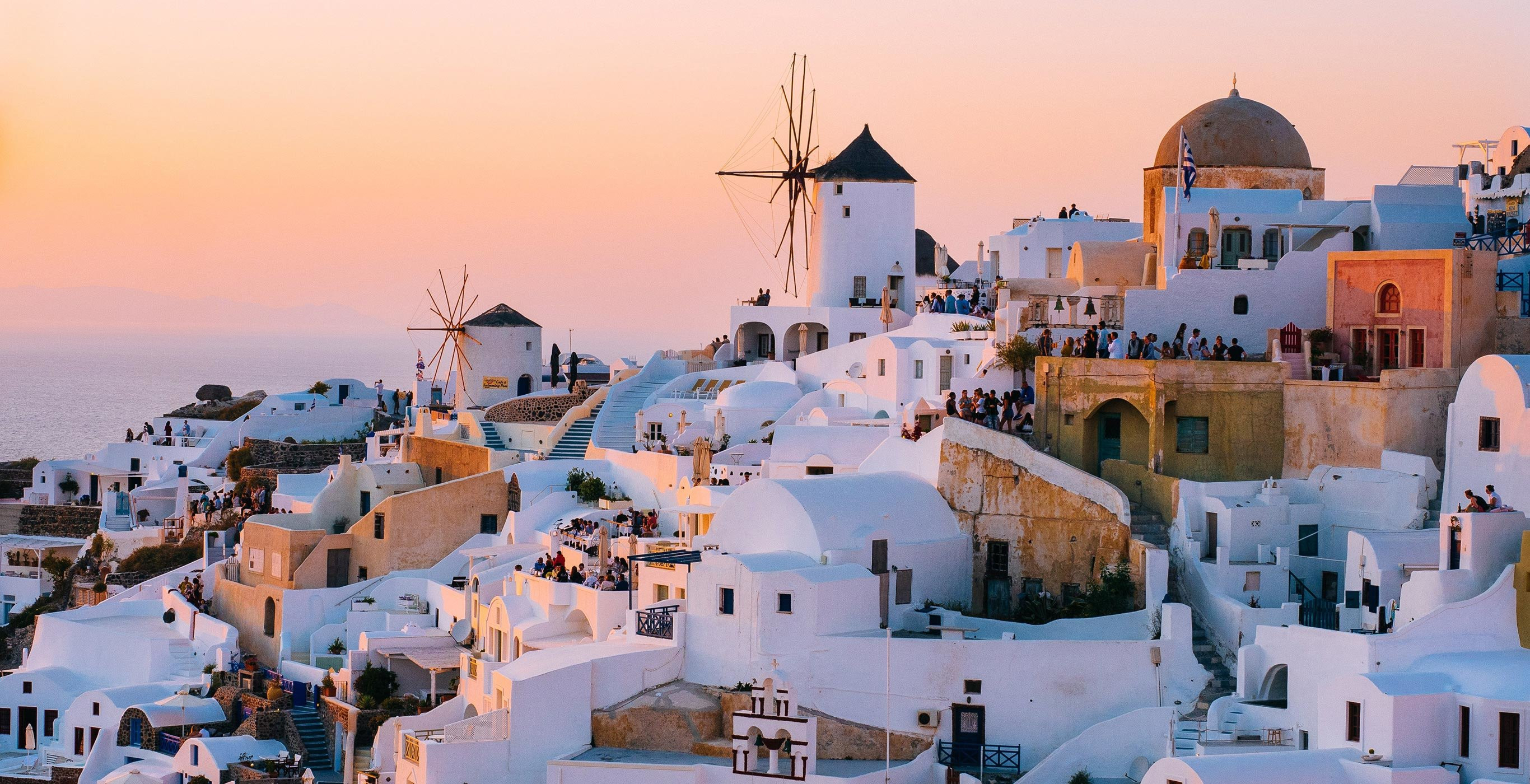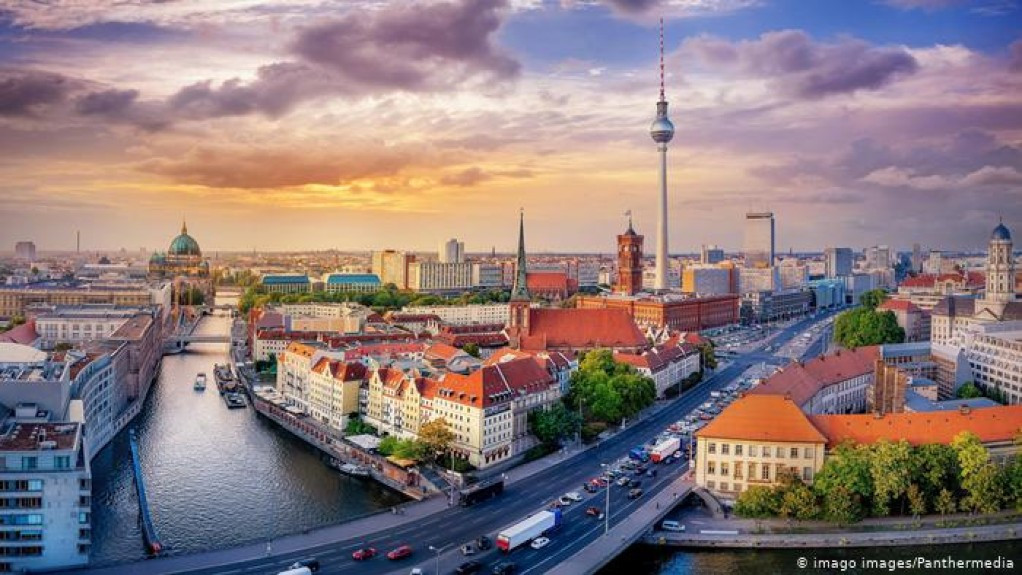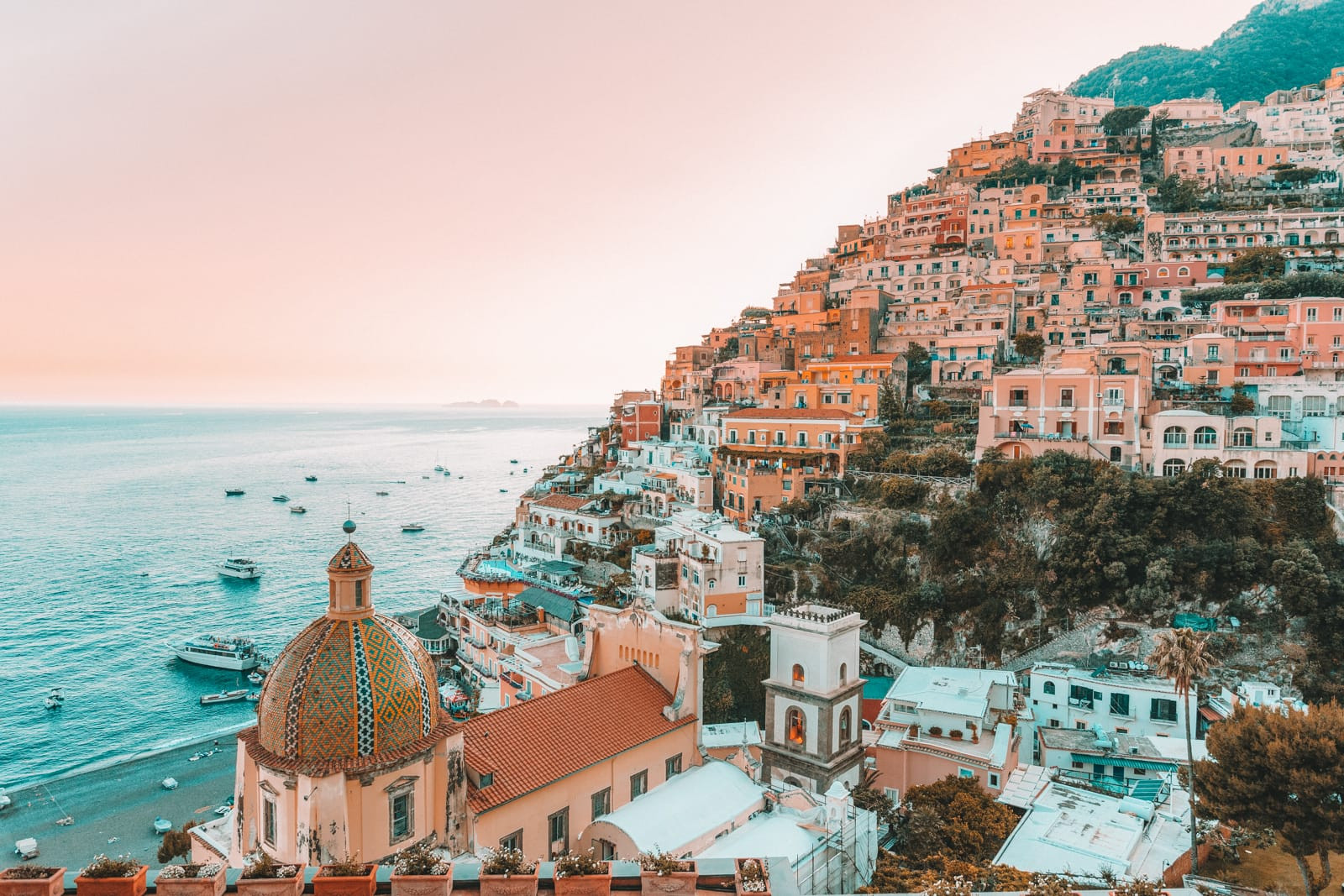

Destinations That Are Opening Borders
Sunday 31st of May 2020
International Destinations That Are Opening Borders
Countries across the globe have started to slowly ease COVID19 restrictions, open their borders and welcome international tourists into their country with the hope of resuming their economy. So what are the countries that are planning to restart tourism this year? CNN Travels reveals a guide to the top destinations making plans to reopen.
The Maldives- July

One of the most luxurious tourism destinations in world, the Maldives had closed its national borders and canceled all flights shortly after recording its first two coronavirus cases in March. The island nation has over 1500 cases and 4 deaths.
According to Minister of Tourism Ali Waheed, the country could be in the position to receive tourists by the end of 2020. He said that within the next three months, the Maldives will become the first Covid-19 free country in the Asia region hopefully. Private jets and super yachts are allowed entry from June 1, charter flights and private jets will not be charged.
Cyprus – 9th June

This island country in the Eastern Mediterranean region is offering to cover the costs of lodging, as well as food, drink and medication of any travelers who test positive for Covid-19, for the purpose of restarting their tourism.
Cyprus Transport Minister Yiannis Karousos announced hotels in the country will reopen on 1st June, while international air travel will restart on 9th June. Incoming flights from Greece, Malta, Bulgaria, Norway, Austria, Finland, Slovenia, Hungary, Israel, Denmark, Germany, Slovakia and Lithuania will be authorized first. From June 20, Cyprus will also permit incoming flights from Switzerland, Poland, Romania, Croatia, Estonia and the Czech Republic.
Greece- 15th June

The Mediterranean nation aims to reopen to tourists as soon as it possibly can, as Tourism Industry accounts for almost 20% of Greece's GDP, as well as one in five jobs. The destination has over 2,900 confirmed cases and 175 deaths.
Prime Minister Kyriakos Mitsotakis announced that tourism period begins on June 15, when seasonal hotels can reopen. Tourists from EU countries including Germany, Austria, Denmark and Finland will be able to visit, but some of the world's worst-affected countries - including the UK, France, Italy and Spain - are not on the list.
Germany- 15th June

With 183K confirmed cases and 8,600 deaths, Germany intends to lift restrictions for EU countries from June 15, according to German Foreign Minister Heiko Maas.
Officials are also considering allowing entry to visitors from Turkey, the UK, Iceland, Liechtenstein, Norway and Switzerland, although a final decision is yet to be made. The Austria/Germany land border is also reopening -- travel between Austria and Germany will be possible from June 15 -- and restrictions around the country are being relaxed.
Mexico- June

While the nation currently remains in lockdown, with hotels and restaurants yet to recommence business, officials are planning to reopen the country in stages and by region in order to get things back on track. With over 80000 confirmed cases and over 9000 deaths, Mexico aims to restart tourism within weeks.
WTTC CEO Gloria Guevara announced that the target is domestic travelers first, followed by travelers from the US and Canada and then the rest of the world. Quintana Roo, a state on the Caribbean side of Mexico that's home to the likes of Cancun, Playa del Carmen and Tulum, hopes to reopen in mid-June, according to Marisol Vanegas, the state's tourism secretary. Los Cabos will kick off a five-phase plan to revive tourism in June.
Turkey- June

The country made over $34.5 billion from tourism in 2019 and is eager to restart tourism in the country. Turkey had reported 163K confirmed cases and 4,515 deaths.
According to Tourism Minister Mehmet Nuri Ersoy, the destination plans to restart domestic tourism by the close of May and hopes to receive international visitors from mid-June. It was revealed that Turkey may reopen to Asian countries such as China and South Korea first. Istanbul's Grand Bazaar, one of the world's largest markets, is also preparing to reopen for the first time in two months on June 1.
Italy- 3rd June

One of the worst hit countries by the pandemic, Italy is eager to open the popular destination to tourists as infection rates have slowed down.
Travelers from the EU, along with the UK and the microstates and principalities of Andorra, Monaco, San Marino and the Vatican, will be allowed to enter without having to go into quarantine starting June 3, in a move the government has described as a "calculated risk."
Spain- 1st July

Although Spain’s lockdown has been one of the toughest in Europe, restrictions are gently being lifted. The country, which welcomed a record 84 million visitors in 2019, confirmed 239K cases and 27,125 deaths.
From July 1, the European destination will grant EU travelers permission to enter without having to quarantine for two weeks. While there's been little mention of opening borders to travelers beyond the EU, it's thought Spain is hoping to follow the lead of destinations such as Lithuania and the Czech Republic by establishing safe corridors, or a "travel bubble," with nearby destinations that have managed to keep the outbreak under control.
St. Lucia- 4th June

The Caribbean island closed its orders to foreign travelers on March 23 and is to begin its phased reopening on June 4, when it will lift it borders to visitors from the United States.
Local businesses have also been allowed to reopen, provided they have appropriate cleaning measures and social distancing measures in place. Details of the second phase of the island's reopening, which is to begin on August 1, will be announced in the coming weeks.
Bali- October

The Indonesian island has been successful in containing the coronavirus, with less than 500 confirmed cases and a total of four deaths. Bali is also one of the countries heavily dependent on the tourism and the pandemic had collapsed the economy.
Bali hopes to welcome tourists back by October, provided its infection rates stay low. According to a statement from Ni Wayan Giri Adnyani, secretary of the ministry, Yogyakarta, situated on the island of Java, is likely to reopen first, along with the Riau islands province. However, it hasn’t been confirmed what the entry requirements will be if restrictions are lifted later this year, or whether Bali will accept travelers from certain countries only.
Thailand- October to December

Since March, visitors were banned from entering the popular tourist destination that had receiving close to 40 million foreign tourists last year. Although the number of cases here has been relatively low in comparison to other destinations (over 3,000 confirmed cases and over 50 deaths) officials aren't taking any chances when it comes to reopening the country.
Yuthasak Supasorn, governor of the Tourism Authority of Thailand (TAT) announced that the country might see the return of tourists in the fourth quarter of this year, the earliest. He stated that there will be limitations on who can visit the country and what regions they can go to once restrictions are relaxed. Thailand is focusing on domestic tourism, with malls, museums, markets and some tourist attractions have reopening their doors, with Bangkok's Grand Palace due to reopen on June 4.
Georgia- 1st July

The country at the intersection of Europe and Asia had five million travelers visiting in 2019, a 7% increase on the previous year. As a result of the pandemic, the country was forced to close its winter resorts and place a ban on all foreign visitors back in March.
Eager to revive its tourism sector, the country's government says it plans to reopen to international travelers on July 1. Officials have brought in a three-stage "anti-crisis" plan, which includes a marketing campaign designed to promote Georgia as a "safe destination."
Aruba- 15th June 1st and July
The Caribbean island reported just over 100 confirmed coronavirus cases and is planning to open its doors to travelers once again at some point between June 15 and July 1.
However, the visitor's bureau for the Caribbean island, which has reported just over 100 confirmed coronavirus cases, says this "tentative" date may change if Aruba opts to "consider additional precautionary measures as needed."